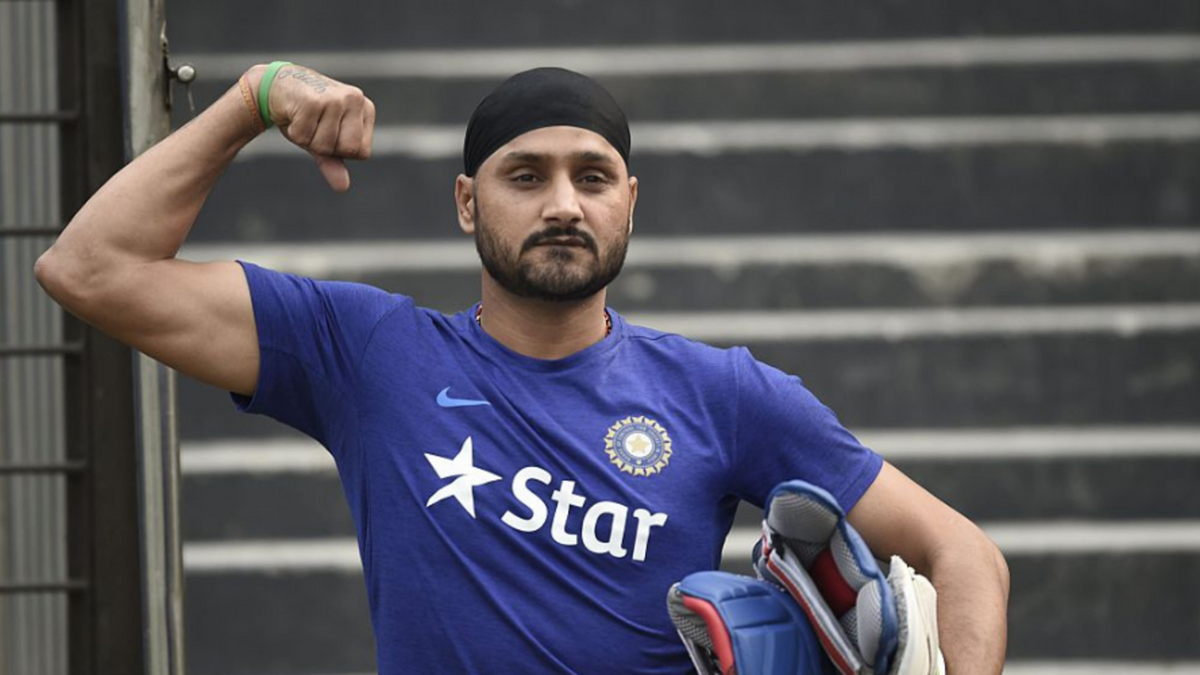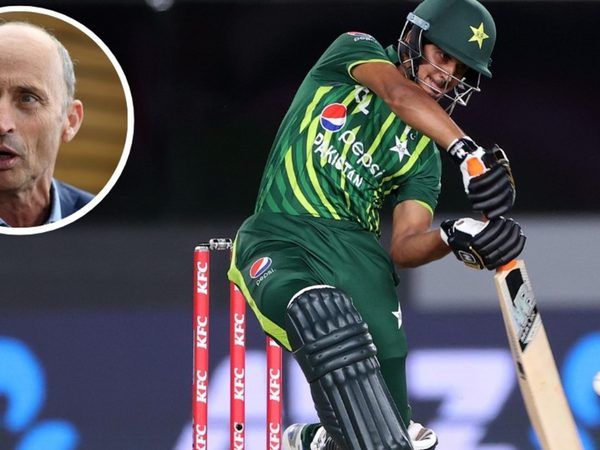
Harbhajan Singh was undoubtedly one of India’s leading performers in the 2000s, but his recent comments post retirement, suggesting that he deserved to play another World Cup, have come in for plenty of discussion and debate. Sarah Waris explores what his career looked like post the 2011 triumph.
No cricketer, make that no artist, ever wants to be reminded of their dwindling skills. But a time comes, and it comes for everyone, when the talent and the zeal that once made them extraordinary, begin to evaporate. Ready replacements tussle with them for opportunities, and the acceptance of eventual mortality in a field that gave them their glory is not the easiest.
Harbhajan, following his recent retirement, has made headlines for voicing his opinion on the ill-treatment that was given to him towards the end of his career. The off-spinner has not only questioned the reasons for his frequent omissions from the team following the 2011 World Cup but has also stated that his fitness levels were better than the ones who were playing the game during that period. He has also opined that it “would have been nice to play another World Cup”, referring to the 50-over event in 2015 after their triumph in 2011. While his remarks display the hurt of a veteran who gave it his all for the country, it also throws up a discussion: was Bhajji really hard done by?
Would have been nice to play another WC with Viru, Yuvi and Gambhir: Harbhajan Singh https://t.co/7w04ZBz7oA
— Harbhajan Turbanator (@harbhajan_singh) January 9, 2022
Harbhajan collected a whopping 711 international wickets, and even while the overall averages – 32.46 in Tests and 33.35 – weren’t exactly outstanding, there was always an added edge that he brought to the team at a time when India was looking at more spin resources to complement Anil Kumble’s leg-spin. While being an attacking off-spinner who could control the middle orders, you got someone who never shied away from whipping out an angry glare or shouldering an opponent, if only to show that his team were no pushovers. Harbhajan was an enigma on the field, a cricketer who was the first to a fight, and the last to back down from a battle.
In the second half, Harbhajan’s bowling evolved to a more defensive approach with the white ball. And, while no one doubted the intensity, his performances drooped across formats towards the end, which eventually saw him being pushed to the backburner.
2011, the year of India’s World Cup win, was Bhajji’s worst in terms of average over four years: he picked up 17 ODI scalps in as many matches, at an average of 41.29, including eight in the World Cup. He was wicketless in three games at the event, and a tad expensive, giving away 50 or more runs four times at the World Cup. At the same time, R Ashwin came into the picture. Making his 50-over debut in 2010, he picked up 39 wickets in his first two years, averaging 27.07 till the end of 2011 and a strike rate of 34. In wins, his average read 25.27 in this interim, and his rapid rise had a direct bearing on Harbhajan’s ODI career.
After the World Cup, Harbhajan played three more ODIs for India in 2011, but by then, Ashwin increased his stronghold, and Ravindra Jadeja started giving him able company. From the start of 2012 to the end of 2014, Ashwin and Jadeja were India’s highest wicket-takers in ODIs, capturing 80 and 81 wickets respectively. With only one off-spinning slot to afford, Harbhajan took the field again in the format only in 2015, for seven games. There was Axar Patel in the mix too, and Dhoni’s reliance on part-timers meant that the department was well stocked.
2011 wasn’t one-off, though. From the start of 2005 till the end of 2011, Harbhajan played the second-most games for any bowler with 100+ wickets in that period, but recorded the second-worst average and strike-rate among the lot. With two younger spinners playing starring roles in the one-day setup, the expectation of those numbers improving wouldn’t have been the most feasible.
Aged only 31 in 2011, Harbhajan had reasons to believe that he could have overturned his slump for another peak if he was given a longer rope.
While there is no discrediting his efforts, India needed a leader for the spin attack following Anil Kumble’s departure, and Harbhajan’s game probably didn’t elevate enough for the selectors to be the first pick in one-dayers. It’s a transition that continues: even Ashwin and Jadeja were pushed aside a few years later, making space for a younger duo.
Was he really hard done by? There are no simple answers, really. Harbhajan Singh, India’s second-highest wicket-taker of all time, will be remembered for several stellar spells. That legacy could have been bigger if he was given more chances following the 2011 World Cup, but, a decision needed to be taken, and India picked a younger duo that looked a better fit for the future. Not that it’s not worked out well.








